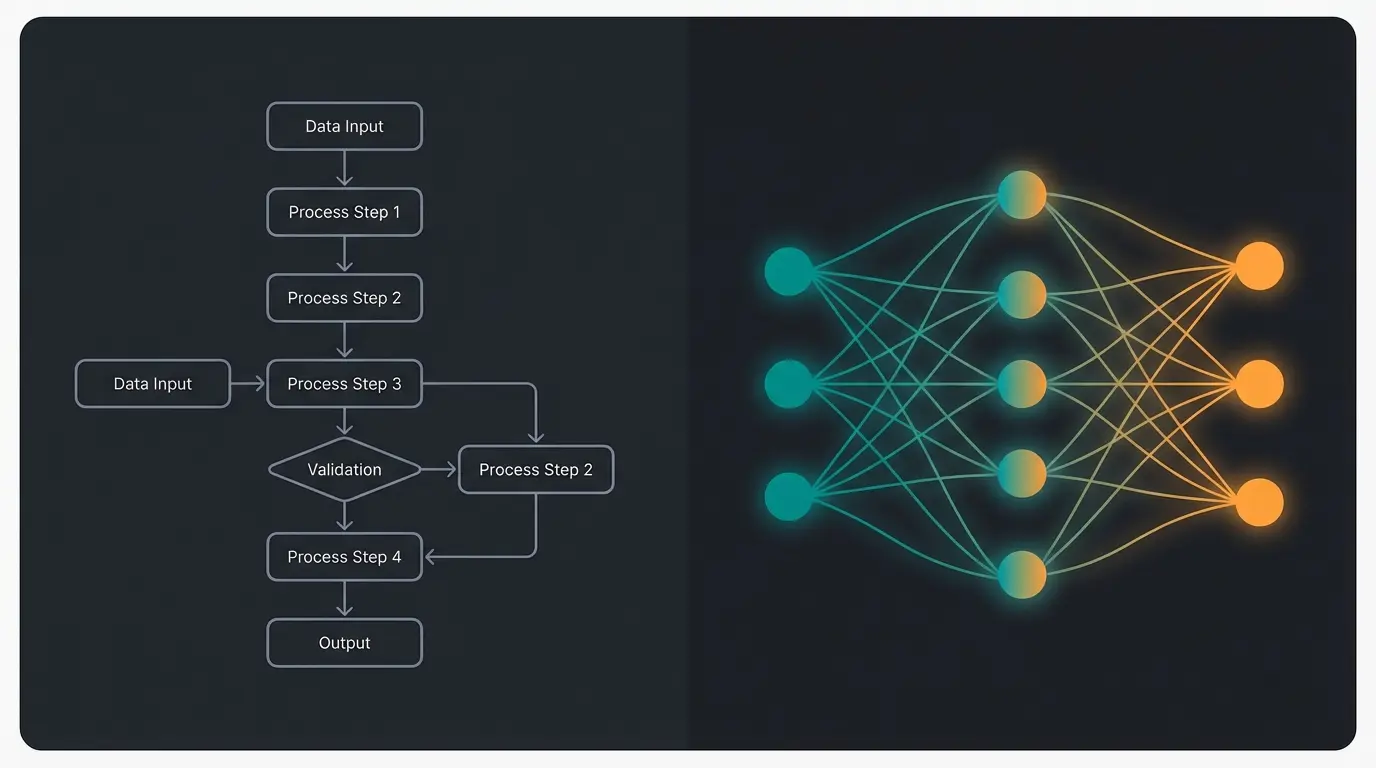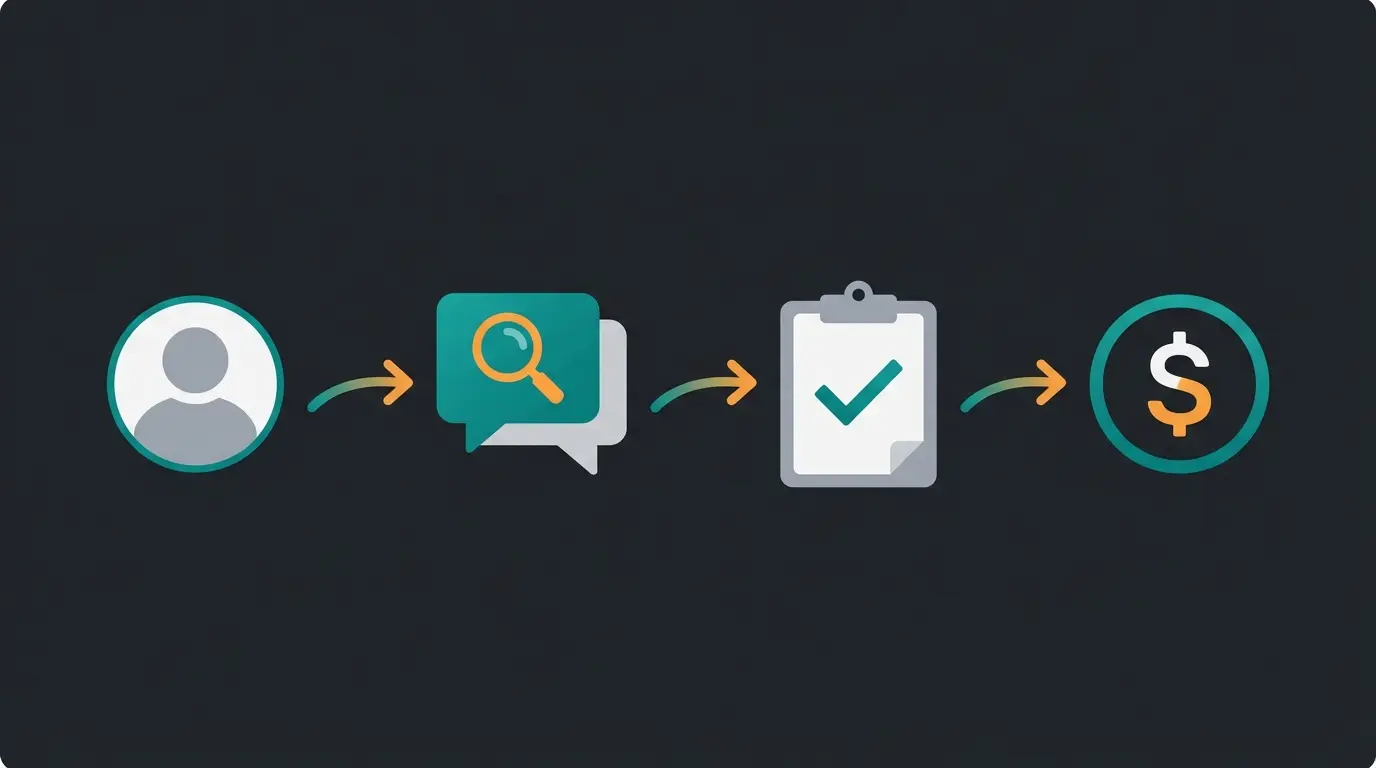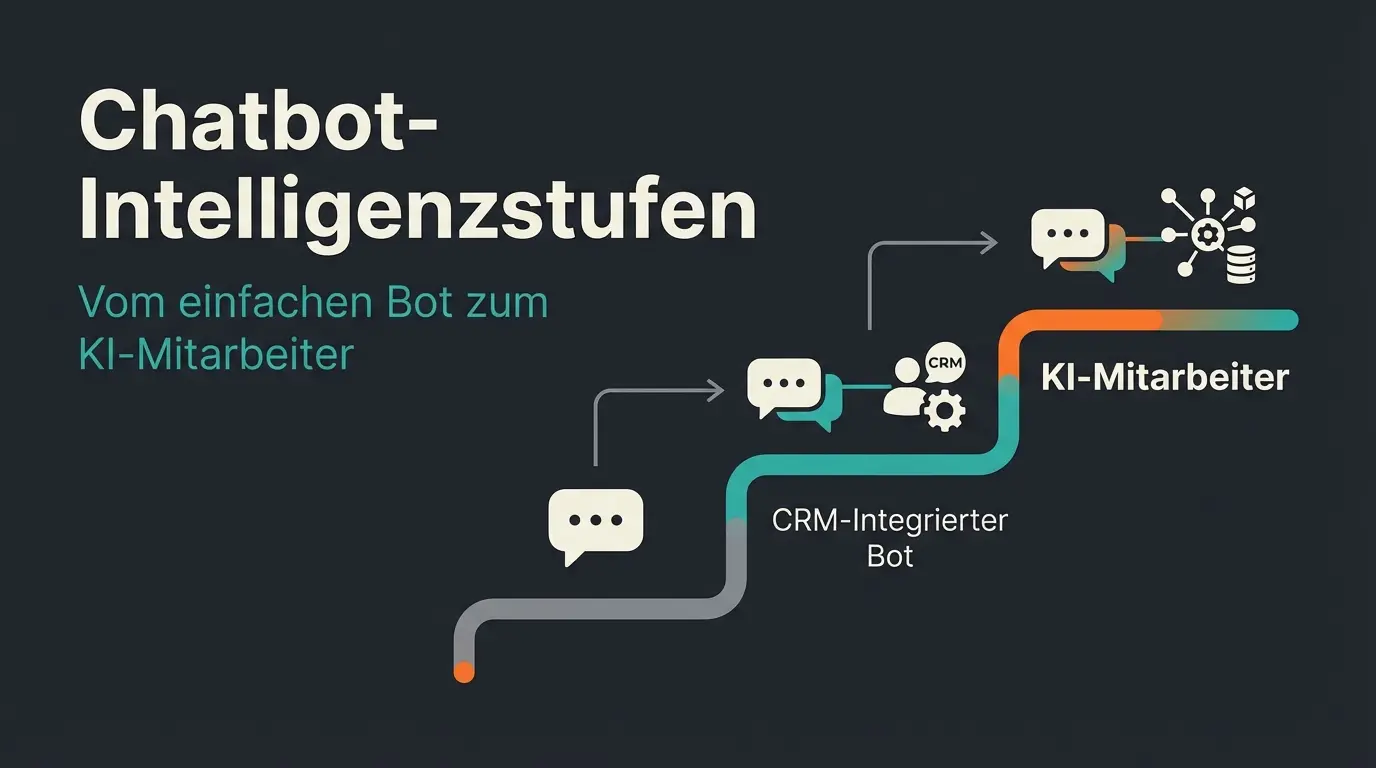AI Chatbot: Why Real Product Consultation Is More Than Just Support (The Big Guide 2025)
Discover how AI Chatbots are evolving from simple support tools to powerful digital sales consultants. Learn how NLP and Conversational AI drive revenue.
Introduction: The Evolution from Support to Sales
AI Chatbots have developed into indispensable tools in modern digital communication. These intelligent systems are more than just automated answering machines—they represent a new era of interaction between humans and machines. While everyone is talking about chatbots for support to cut costs, many businesses are missing the biggest opportunity: Sales and Revenue Generation.
The importance of AI Chatbots is growing steadily. According to a current study, 84% of companies believe that AI Chatbots are becoming increasingly important for customer communication. However, the real game-changer isn't just availability—it's the quality of the consultation.
For consumers, AI Chatbots offer fast and efficient solutions. They enable an immediate reaction to inquiries, which is particularly valuable in a time when 53% of respondents view long wait times as the most frustrating aspect of corporate communication. But what if that immediate reaction wasn't just "Here is your tracking number," but rather "Here is the perfect product for your specific needs"?
What Exactly is an AI Chatbot? (Definition & Basics)
To leverage this technology for sales, we first need to understand the underlying mechanics. An AI Chatbot is a computer-based system that simulates human conversations and responds to natural language. Unlike simple, rule-based chatbots, AI Chatbots use advanced technologies like Machine Learning and Natural Language Processing (NLP) to conduct complex dialogues and continuously improve.
Difference Between Rule-Based and AI-Powered Chatbots
The main difference lies in flexibility and learning capability. This distinction is critical when choosing a solution for product consultation versus simple FAQ automation:
- Rule-based Chatbots: Function according to predefined If-Then rules. They act like digital answering machines, reacting only to specific, pre-programmed commands.
- AI-powered Chatbots: Act as digital employees. They use artificial intelligence to recognize patterns in data, learn from interactions, and understand complex intent.
AI Chatbots revolutionize customer interaction by understanding natural language, generating context-related answers, and even recognizing emotions in text. These capabilities allow them to take over tasks ranging from simple information provision to complex product consultation.

The Decisive Difference: Service Bot vs. Consultation Bot
This is where most businesses get it wrong. They deploy a bot designed for Service and expect it to drive Sales. To succeed in 2025, you must distinguish between these two roles.
1. The Service Bot (The Standard)
The Service Bot is reactive. It waits for a problem. It reduces costs by automating answers to static questions like "Where is my invoice?" or "What are your opening hours?". It is a defensive tool.
2. The Consultation Bot (The Revenue Driver)
The Consultation Bot (Beratungs-Bot) is proactive. It asks questions to understand the user's needs—a process known as Needs Analysis (Bedarfsanalyse). It mimics your best salesperson. Instead of waiting for a complaint, it guides the user from "I have a problem" to "Add to Cart". Ideally, it focuses on User Experience and psychological sales guidance.
| Feature | Classic Support Bot | AI Sales Consultant |
|---|---|---|
| Primary Goal | Cost Reduction (Deflection) | Revenue Increase (Conversion) |
| Interaction Style | Reactive (Answers questions) | Proactive (Asks qualifying questions) |
| Technology | Keywords & Decision Trees | LLMs & Contextual Understanding |
| User Value | "I got my answer." | "I found the perfect product." |
How AI Technology Revolutionizes Product Consultation
Modern AI Chatbots have made enormous progress and are now capable of conducting complex sales conversations. To understand how a bot can "sell," we must look at the technology under the hood.
The Power of Natural Language Processing (NLP)
Natural Language Processing (NLP) is the foundation that allows the bot to understand context, not just keywords. This includes:
- Tokenization & Syntax Analysis: Breaking down sentences to understand grammatical structure.
- Semantic Analysis: Understanding the meaning behind the words. If a user says "I need a laptop for graphic design," the bot understands "High RAM" and "Good GPU" without the user explicitly stating specs.
- Sentiment Analysis: Recognizing if a customer is frustrated or excited, and adjusting the tone accordingly.
According to a study by ServiceBell, 23% of customer service companies are already using AI chatbots for complex conversations. The technology allows the bot to perform a "Product Matching" logic similar to a human brain.
Ready to upgrade your chatbot from a support agent to a top-tier salesperson? Start your free trial today.
Start Free TrialThe Advantages of a "Consulting-First" AI Chatbot
Deploying an AI focused on consultation brings benefits far beyond simple time-saving.
1. Revenue Increase & Conversion Rate
By guiding uncertain customers to the right product, you remove the "choice paralysis" that often leads to abandoned carts. Personalized recommendations build trust and directly impact the bottom line.
2. Reduction of Returns
Better advice leads to better purchases. When an AI clarifies requirements before the purchase (e.g., ensuring a spare part fits a specific model), return rates drop significantly.
3. 24/7 Sales Team Scalability
A human salesperson can only talk to one customer at a time. An AI Chatbot scales infinitely. Qualimero reports that 64% of companies trust chatbots to provide personalized service at scale. This efficiency saved businesses around $11 billion in 2022.
Customers who had a bot conversation last year
Reduction in customer service costs
Consumers satisfied with their last AI interaction
Use Cases: Where AI Consultation Shines
E-Commerce and Complex Products
In E-Commerce, AI chatbots support customers in product selection. They act as a shopping assistant for complex items like electronics, insurance, or fashion. By asking specific questions ("What is your skin type?" or "Do you shoot portraits or landscapes?"), they narrow down thousands of SKUs to the perfect 3 recommendations. Qualimero's approach to AI-supported product consultation demonstrates how optimizing this sales process leads to higher cart values.
Lead Generation and Pre-Qualification
In B2B, chatbots are excellent for lead generation. They can identify potential customers, qualify them by asking budget and timeline questions, and pass high-value leads to the sales team. Qualimero's guide to AI lead generation shows how chatbots effectively fill the sales pipeline while you sleep.

Step-by-Step: Implementing Your AI Consultant
Engage the user with a hook, not just 'Hi'.
Ask qualifying questions to understand intent.
AI Logic filters catalog based on user answers.
Present top 3 choices with 'Why this fits you' logic.
Suggest accessories or add-ons.
To move from a support tool to a sales tool, your implementation strategy must change. It is not enough to simply upload PDFs. You must define your Brand Voice and your Sales Logic. Start by mapping out the most common "Consultation Paths" your human agents take, and teach this logic to the AI.
Future Outlook: The Next Generation of Conversational AI
The future of AI chatbots promises exciting developments. With advanced models like GPT (Generative Pre-trained Transformer), chatbots are becoming even more human-like. They will integrate seamlessly into comprehensive Conversational AI platforms, enabling WhatsApp Bots for E-Commerce and other omnichannel experiences.
As the global chatbot market is projected to grow to over $994 million by 2024, the question is no longer if you should use a chatbot, but how you use it. Will you settle for a digital answering machine, or will you build a digital top-performer?
While often used interchangeably, Chatbots are typically text-based and focused on specific domains (like e-commerce support), whereas Virtual Assistants (like Siri or Alexa) are voice-activated and handle broader, general-purpose tasks. See usage statistics at Techreport.
By performing real-time needs analysis and guiding customers to the correct product, they reduce decision fatigue and abandoned carts, acting effectively as a 24/7 sales consultant.
Modern solutions have simplified the process. It's less about coding and more about defining your sales logic and uploading knowledge bases. Integration with existing CRMs allows for rapid deployment.
Don't leave your customers guessing. Implement an AI that guides, advises, and sells around the clock.
Get Started
